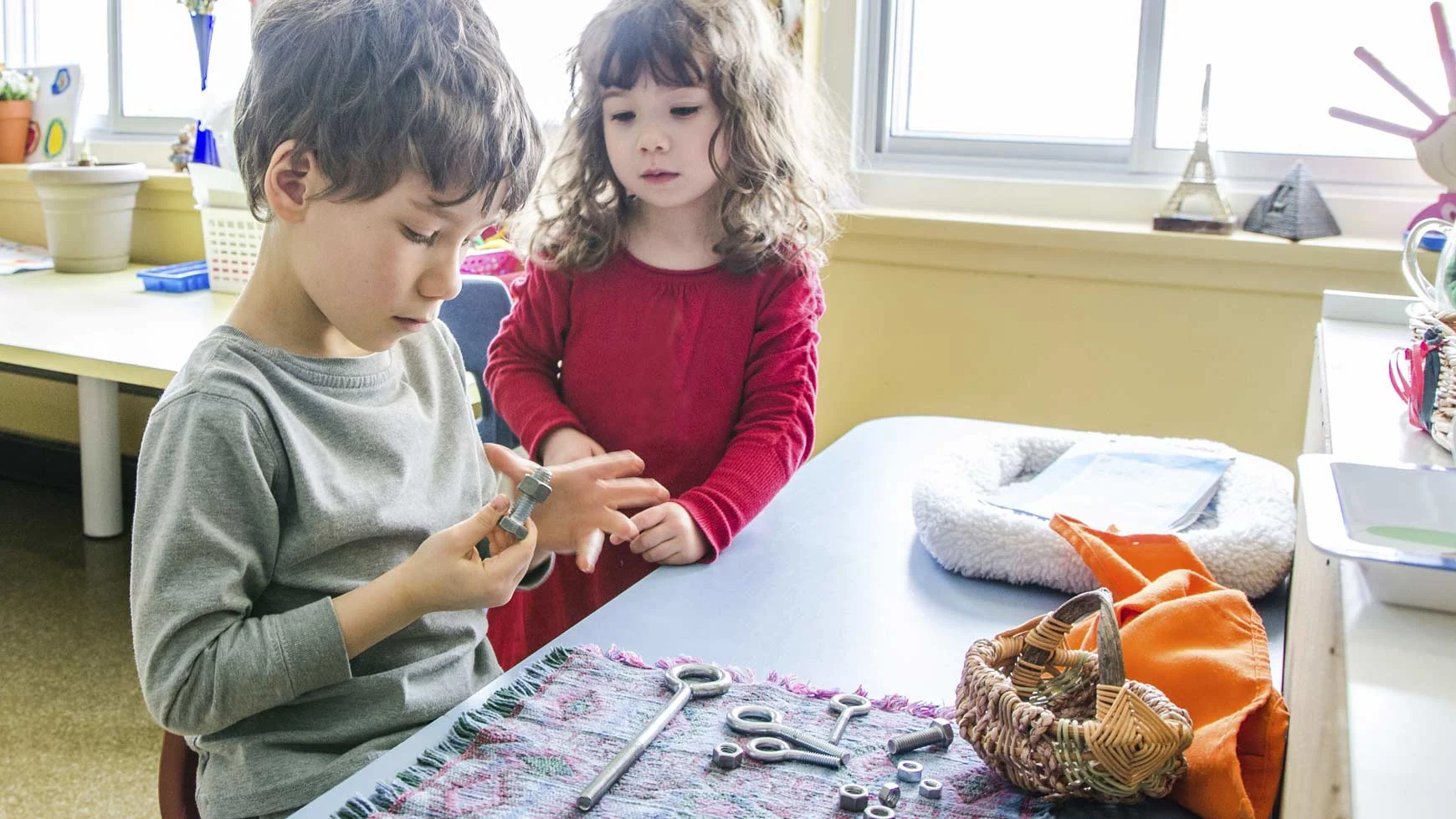Learning strengths: What you need to know

By Amanda Morin
Expert reviewed by Mark J. Griffin, PhD

At a glance
Kids have more than just one “learning style.”
Natural talents and abilities help shape the way kids learn.
Understanding learning strengths can help you find ways to help your child learn and improve skills more effectively.
The idea that different kids learn best in different ways isn’t new. You may have heard it called “learning styles.” Many kids naturally prefer learning in very specific ways. But researchers caution that it’s not appropriate to say a child has one “learning style.” There’s no one all-purpose pathway to learning that’s “right” — or that determines how well a child will do in life.
One of the easiest ways for kids to tackle new tasks or ideas is by using their natural learning strengths. Read on to learn more about helping your child discover what those learning strengths are and how to make the most of them.
What are learning strengths?
Kids don’t approach every new learning task in exactly the same way. But how your child interacts with information probably does fall into patterns that draw on natural talents and preferences. Those patterns are learning strengths, and they are the pathways to learning.
Learning strengths combine talents and abilities with existing skills and knowledge to help kids take in new information. These strengths are ways of thinking, feeling, or acting that can be used effectively. For instance, one child may naturally understand how other people are feeling. Another may know how something works just by taking it apart.
Try a hands-on activity to identify your child’s strengths and create “strengths chain.”
There are many different types of learning strengths. For example, some kids are drawn to words, while some are good with their bodies and movement. Some kids do very well learning new information visually. Other common pathways include learning by listening to information, by finding patterns, and by working with other people. Many people learn best through combinations of these areas of strengths.
The role of “thinking styles”
People have varying levels of natural ability in different areas. Your child’s set of abilities help make up a unique “intelligence fingerprint.” But it’s not the only factor. Another is thinking style. That’s the way kids process the information they take in.
Some kids are reflective thinkers. They need time to consider all the aspects of an idea before it makes sense to them. Some are global thinkers. These kids often have sudden “aha!” moments when everything makes sense all at once.
The importance of a growth mindset
Just because kids have a natural ability in one area doesn’t mean they can’t build ability in other areas. It’s important to help your child learn to take on challenges when it comes to learning. Believing that abilities can improve over time despite setbacks is known as a growth mindset.
Help your child build a growth mindset. Download these free activities.
Kids with a growth mindset believe that even when they fail at something, they can eventually succeed. Feedback and what they learn from experience helps them create strategies to improve. This, too, is a strength that affects learning.
How does your child learn?
Talent, ability, skill, knowledge, and thinking style. Looking at them together can help you understand how your child naturally learns.
Take learning to tie shoes, for example. Kids who have a talent for thinking in pictures may have learned to tie their shoes by watching someone else do it. Kids with a talent for taking things apart and putting them back together may have learned shoe-tying by doing it over and over. Whatever a child’s preferred method is, it’s likely they learned to do other things the same way, too. (If your child hasn’t learned to tie shoes yet, watch an expert demonstrate a unique shoe-tying method.)
Knowing kids’ learning strengths is useful when you’re exploring ways to help them learn new information. It can help you find the best studying options for them. And you can use each child’s strengths to help improve other skills they’re working on, too.
Learn steps you can take to recognize your child’s strengths. Explore ways to help your child discover strengths and passions. And start talking to your child not only about weaknesses, but about strengths, too.
Key takeaways
Learning strengths are a mix of talent, ability, skills, and knowledge.
“Thinking style” refers to the way kids process new information.
Having a growth mindset can help kids build strengths even in areas where they feel less capable.